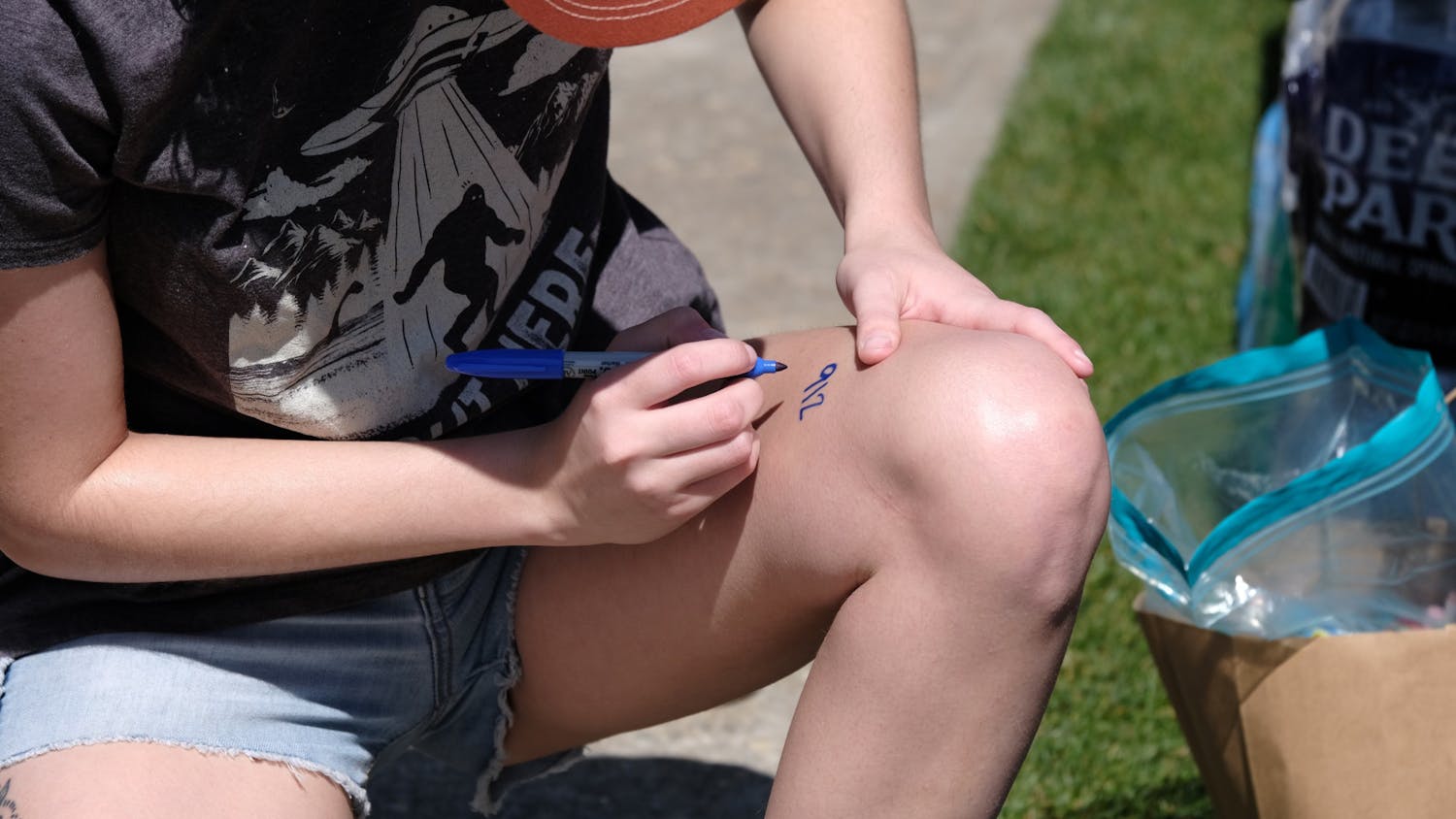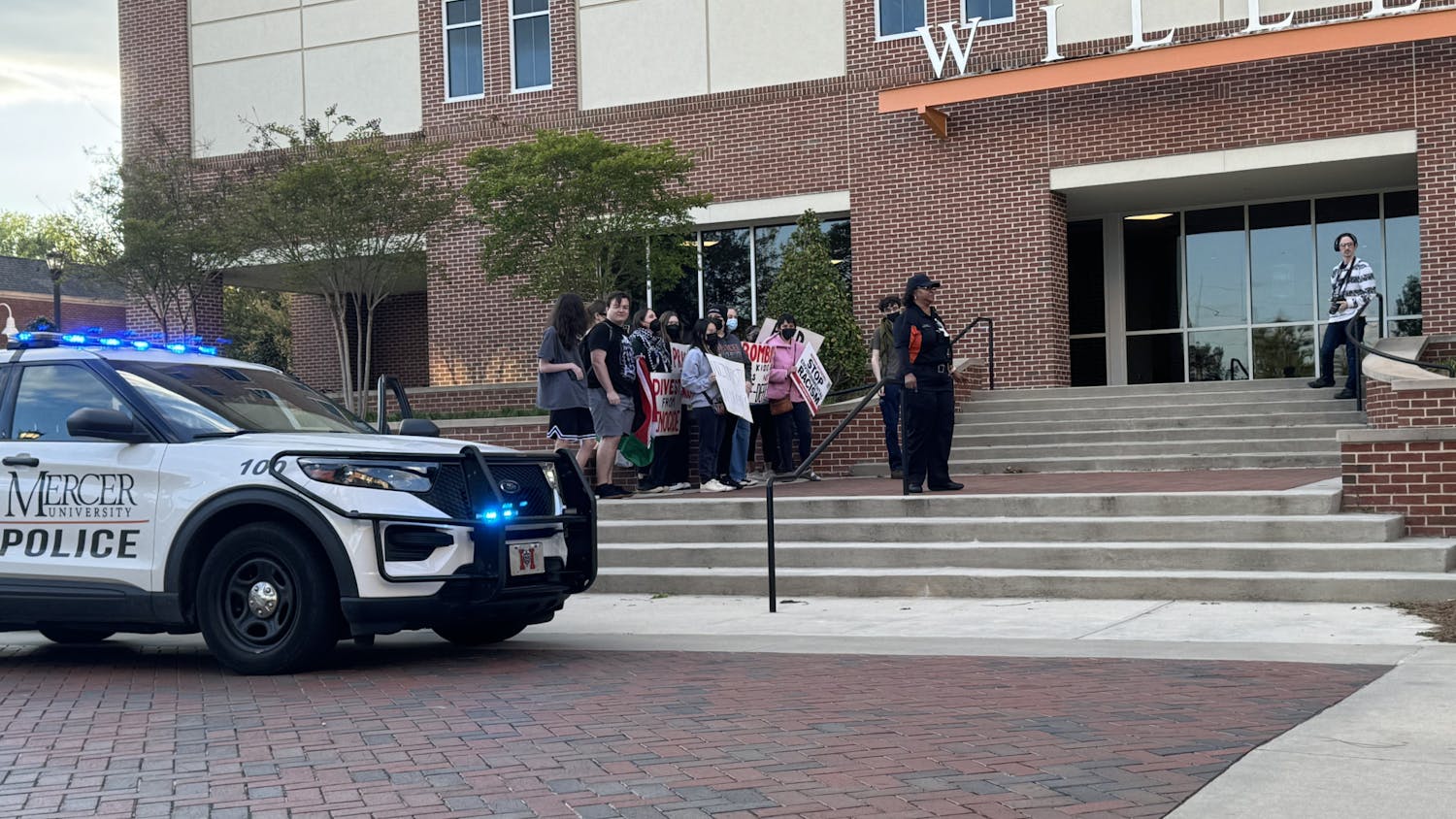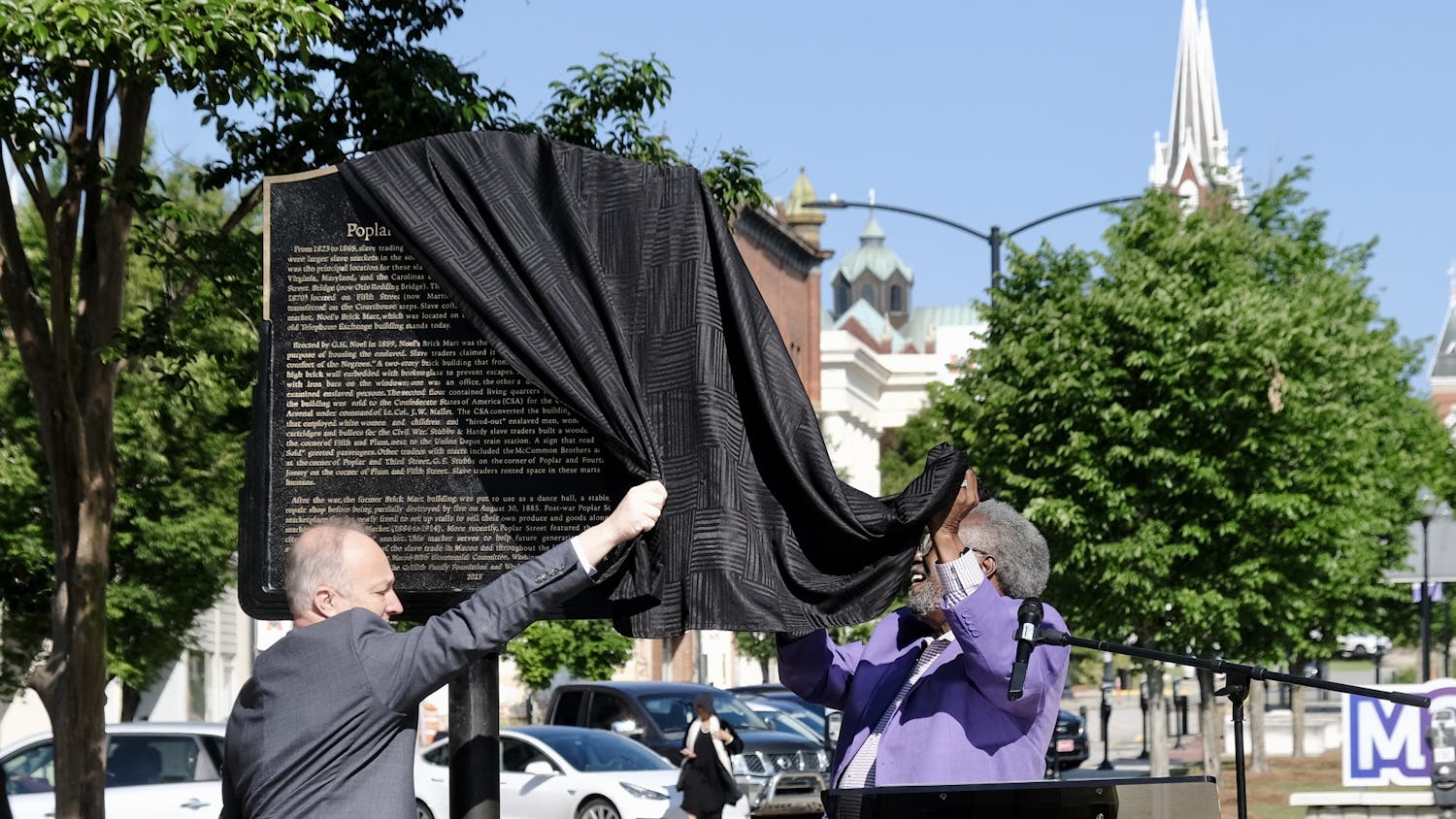On April 11, students presented unique works from the year at the Breakthrough Engaging the Arts and Research event, known as BEAR Day.
BEAR Day allows students to present research in the sciences and humanities through posters, presentations and an art show.
BEAR Day ran in parallel with an Engineering Expo in the Engineering School.
Classes in the College of Liberal Arts were canceled for the day so students could watch the research put forth by other students or present their own research.
This year marks the third year BEAR Day has been an event at Mercer
In the morning, students presented posters made in various fields of research. Groups of students worked together under the guidance of faculty mentors. This research led to posters and presentations on topics in science, psychology and more.
Roughly 60 posters were made for the event.
Right at 11:00 the keynote speaker began her talk on Mars and its possible habitability. Provost Professor and Chair of the Department of Geological Sciences at Indiana University Lisa Pratt spoke about the importance of research and what research has meant for our understanding of Mars. Pratt has published over 100 journal papers and chairs the Mars Program Analysis Group for NASA. Pratt fi elded many questions from students and faculty who attended the event, including a professor who asked what it would mean for us if there was or was not life on Mars. Lunch was served from 11:00 to 2:00, with music provided by Megan Delong from the Admissions department. In the afternoon, students’ presentations began. Students presented research and papers from the past year. Junior Connor Cosenza presented his econometric paper on the effect of No Child Left Behind on the percentage of students enrolled on Individual Educational Programs. “I enjoyed the experience. It was interesting to field questions on the subject,” Cosenza stated. He wrote the paper as an assignment for his econometrics class last semester. Cosenza presented the paper in lieu of a final exam for the class, with the stipulation he would also present at BEAR Day. Cosenza’s paper was one of roughly 65 papers presented at BEAR Day.
As the first BEAR Day grew out of other programs and events. Three years ago, it was decided that classes would be canceled so students could present and attend the talks. “The goal of BEAR Day is to encourage students to be involved in research production of creative materials,” Chair of Engaged Learning Committee Paul A. Lewis said. “BEAR Day gives a chance to showcase students’ work.” Lewis has been involved with BEAR Day for all three years on some capacity. This year, he chaired the Engaged Learning Committee, the committee responsible for BEAR Day. Lewis confessed that his role was very dependent on his committee, which he admitted was very helpful in implementing BEAR Day. The committee members of the Engaged Learning Committee are Paul A. Lewis, Amy M. Wiles, Tom Scott, Craig Coleman, Eric Spears, Kevin M. Bucholtz and Melina R. McSwiggen.




